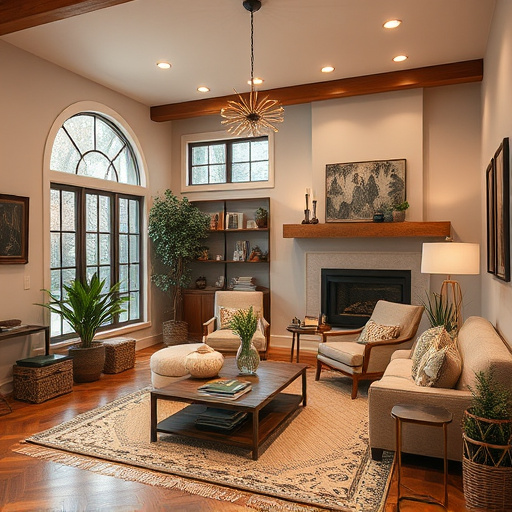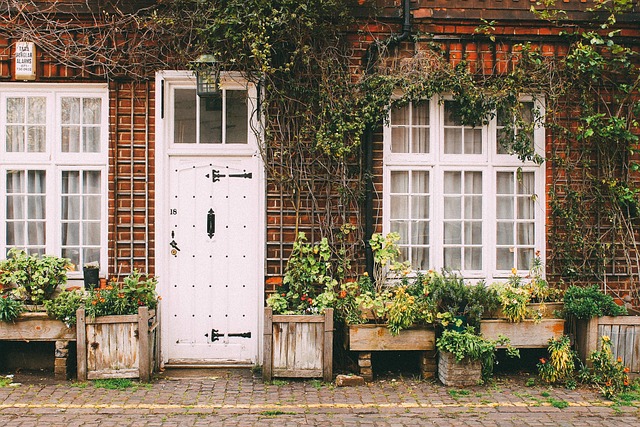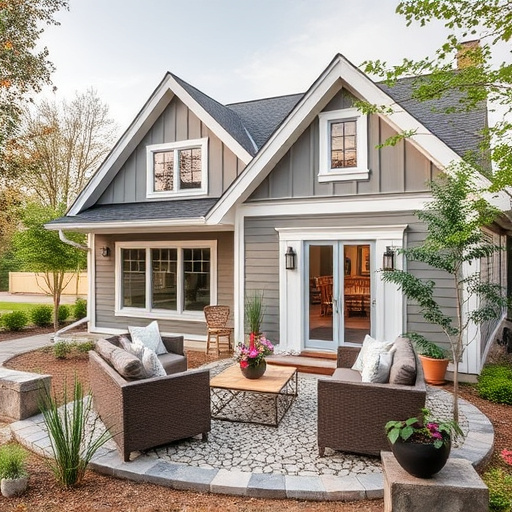Aging-in-place home renovations focus on enhancing safety and accessibility for seniors. These modifications include grab bars, non-slip flooring, and adaptive technologies to prevent falls and promote independence. By prioritizing ease and efficiency, bathrooms become secure, comfortable spaces catering to changing needs, ensuring quality of life for aging individuals in familiar surroundings.
As we age, making our homes safer and more accessible becomes crucial for independent living. Aging-in-place modifications offer a solution, enhancing bathroom accessibility and safety without sacrificing comfort or style. This article explores essential transformations for your home renovations, focusing on understanding the needs of aging residents, identifying critical safety features, leveraging adaptive technologies, and designing for practical efficiency. From grab bars to non-slip surfaces, learn how to create a soothing, secure space tailored to individual needs.
- Understanding Aging-in-Place Modifications
- Identifying Essential Bathroom Safety Features
- Adaptive Technologies for Improved Accessibility
- Designing for Ease and Efficiency
- Incorporating Grab Bars and Non-Slip Surfaces
- Enhancing Privacy and Comfort Through Renovation
Understanding Aging-in-Place Modifications
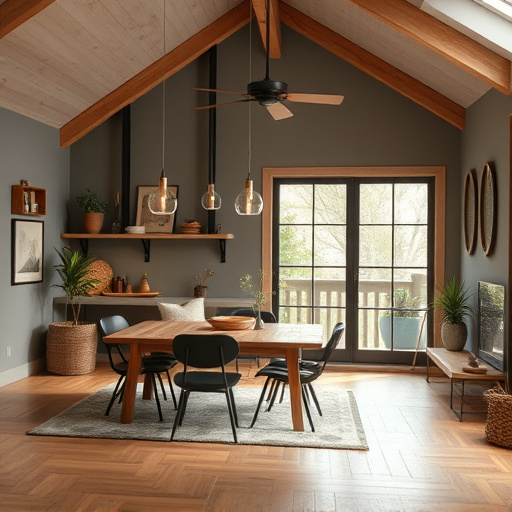
Aging-in-place modifications are tailored home renovations designed to enhance safety and accessibility for seniors wishing to remain in their homes as they age. These modifications go beyond simple cosmetic changes; they are strategic alterations that address physical limitations often associated with aging, such as reduced mobility or balance issues. By implementing these adaptations, homeowners can create a more comfortable, secure living environment tailored to their needs.
This approach allows individuals to maintain independence while minimizing the risks commonly associated with aging in a standard home setting. From installing grab bars in the shower to adding non-slip flooring, these modifications are as diverse as they are beneficial, catering to unique personal requirements and lifestyle choices.
Identifying Essential Bathroom Safety Features
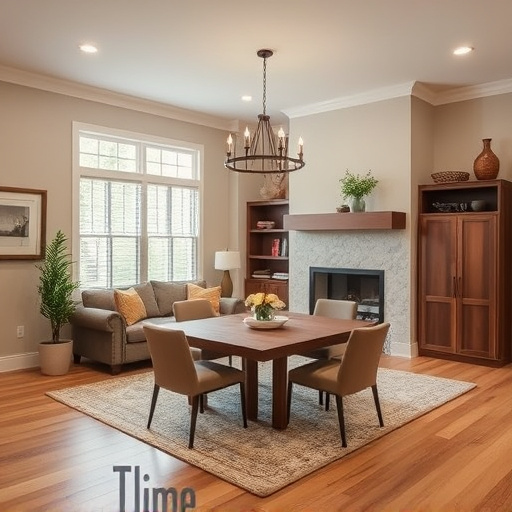
When considering home renovations for aging-in-place, the bathroom is a crucial area that requires careful attention to enhance safety and accessibility. Essential features to incorporate involve non-slip flooring materials and textures, ensuring stability and preventing falls. Handrails strategically placed along walls or around the tub/shower offer support and balance, making it easier to move around safely.
Additional vital components include elevated toilet seats for better comfort and ease of use, as well as grab bars in the shower or bath area. Adjustable fixtures like pull-out sprayers and lower shelves allow for increased accessibility and independence during daily routines. These modifications not only ensure safety but also promote a sense of autonomy for seniors staying in their homes.
Adaptive Technologies for Improved Accessibility
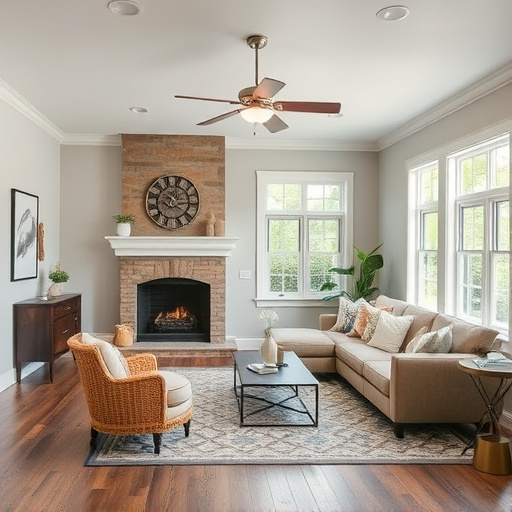
Adaptive technologies play a pivotal role in transforming homes into safe and accessible spaces for aging individuals, facilitating independent living through home renovations. These innovations range from grab bars and non-slip mats to more advanced systems like automated faucets and voice-activated lighting controls. Such modifications not only enhance bathroom safety but also improve overall quality of life by allowing seniors to maintain their sense of independence and dignity in familiar surroundings.
By integrating these adaptive technologies, homeowners can create a more user-friendly environment without significantly altering the layout. This approach is particularly beneficial for those who wish to age in place, as it enables them to stay in their homes longer while ensuring their safety and comfort. Adaptive bathroom solutions are a key component of successful home renovations aimed at catering to the needs of an aging population.
Designing for Ease and Efficiency
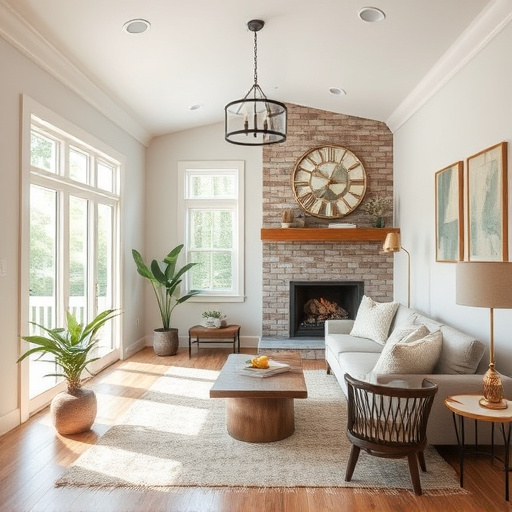
When designing bathroom modifications for aging in place, ease and efficiency are key. This involves optimizing layouts to reduce clutter and improve circulation, ensuring doors and fixtures are easily accessible, and installing safety features like grab bars and non-slip flooring. These thoughtful adjustments not only make daily routines safer but also foster independence for older adults.
Home renovations focused on accessibility can transform bathrooms from challenging spaces into welcoming oases. By prioritizing clear paths, adequate clearances, and user-friendly appliances, designers and builders can create functional areas that cater to the changing needs of residents, promoting comfort and quality of life as they age in place.
Incorporating Grab Bars and Non-Slip Surfaces
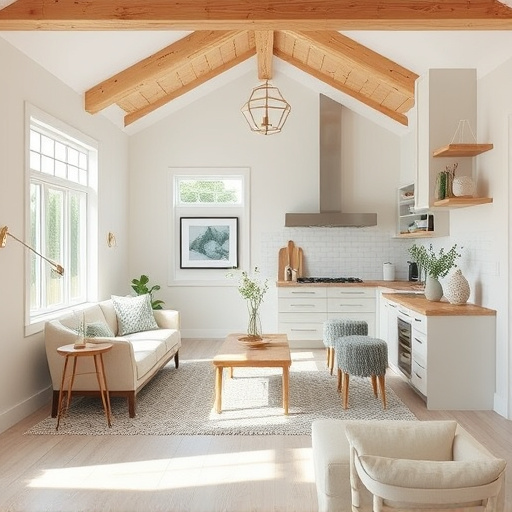
Incorporating grab bars and non-slip surfaces is a crucial aspect of aging-in-place modifications, enhancing bathroom accessibility and safety for seniors. These simple yet effective additions can transform a potentially hazardous space into a secure and comfortable environment. Grab bars, strategically placed near sinks, showers, or bathtubs, provide stability and support, making it easier for individuals to maintain their balance and avoid falls.
Non-slip surfaces are another key element in these home renovations. By choosing appropriate materials and finishes, homeowners can ensure that every step inside the bathroom is safe. This includes anti-skid flooring or mats, which prevent accidents caused by slippery conditions, especially during bathing or showering. Such modifications not only promote independence but also contribute to a reduced risk of injuries related to falls, making daily routines safer for seniors in their own homes.
Enhancing Privacy and Comfort Through Renovation
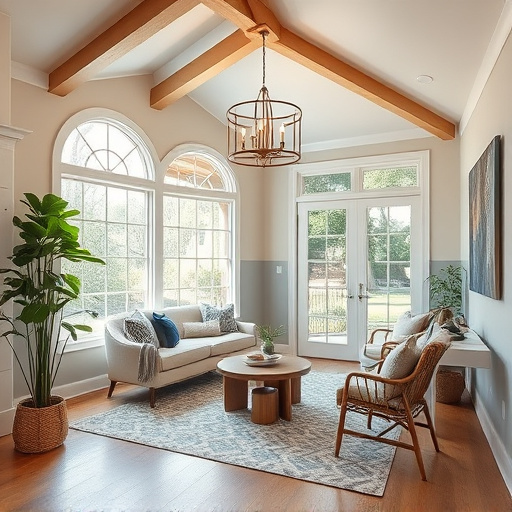
Renovating bathrooms can significantly enhance privacy and comfort for older adults wishing to age in place. Simple modifications like adding grab bars, installing non-slip flooring, and raising the height of counters allow for safer navigation and increased independence while preserving the individual’s sense of home.
Customizable features such as adjustable lighting, walk-in showers, or accessible vanities cater to changing needs and abilities, ensuring a private and comfortable space that feels like their own. These home renovations not only improve accessibility but also foster a sense of dignity and security for seniors living in their homes.
Aging in place has become a significant trend, and implementing thoughtful bathroom modifications through home renovations is key to ensuring an independent and safe lifestyle for seniors. By focusing on accessible design, incorporating adaptive technologies, and prioritizing safety features, homeowners can create a comfortable and secure space that caters to their evolving needs. These modifications not only enhance quality of life but also empower individuals to remain in their homes longer, promoting a sense of independence and well-being.
